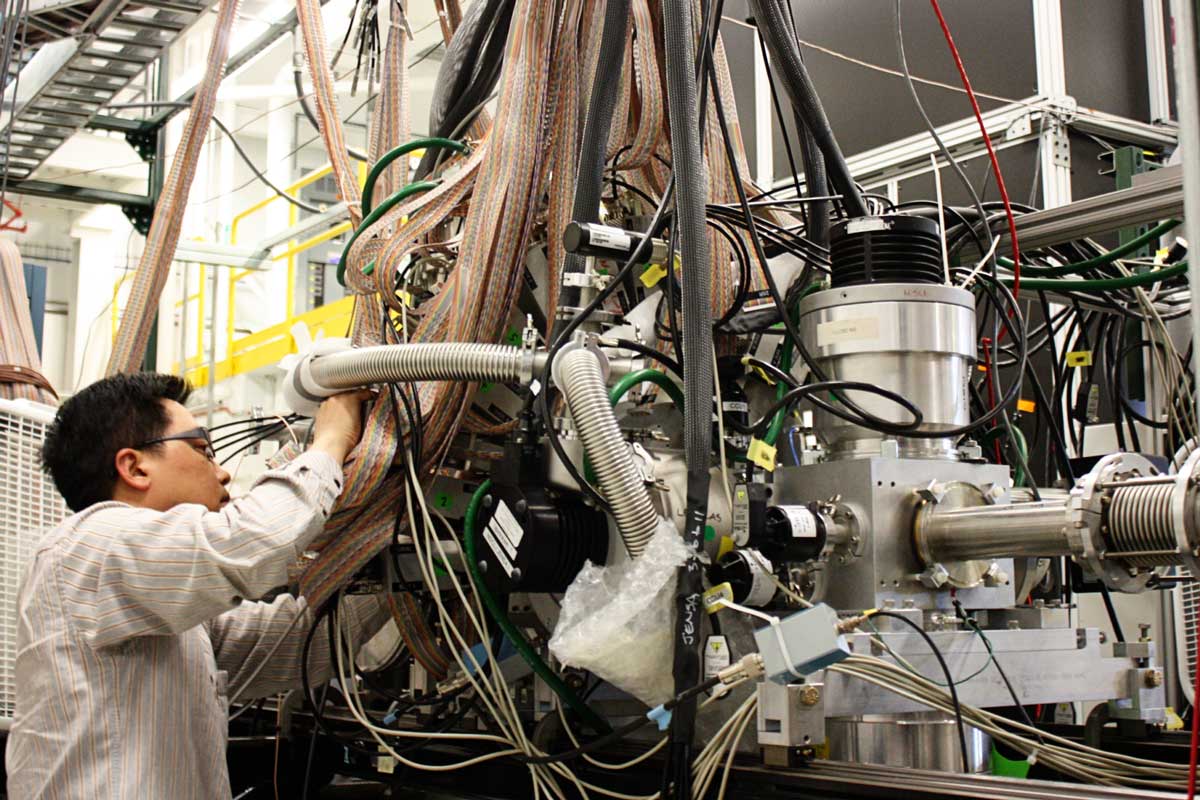JENSA Gas Jet Target
Next generation radioactive ion beam facilities are being planned and built across the globe, and with them an incredible new array of exotic isotopes will be available for study. To keep pace with the state of nuclear physics research, both new detector systems and new target systems are needed. The Jet Experiments in Nuclear Structure and Astrophysics (JENSA) gas jet target is one of these new target systems, designed to provide a target of light gas that is localized, dense, and pure.



